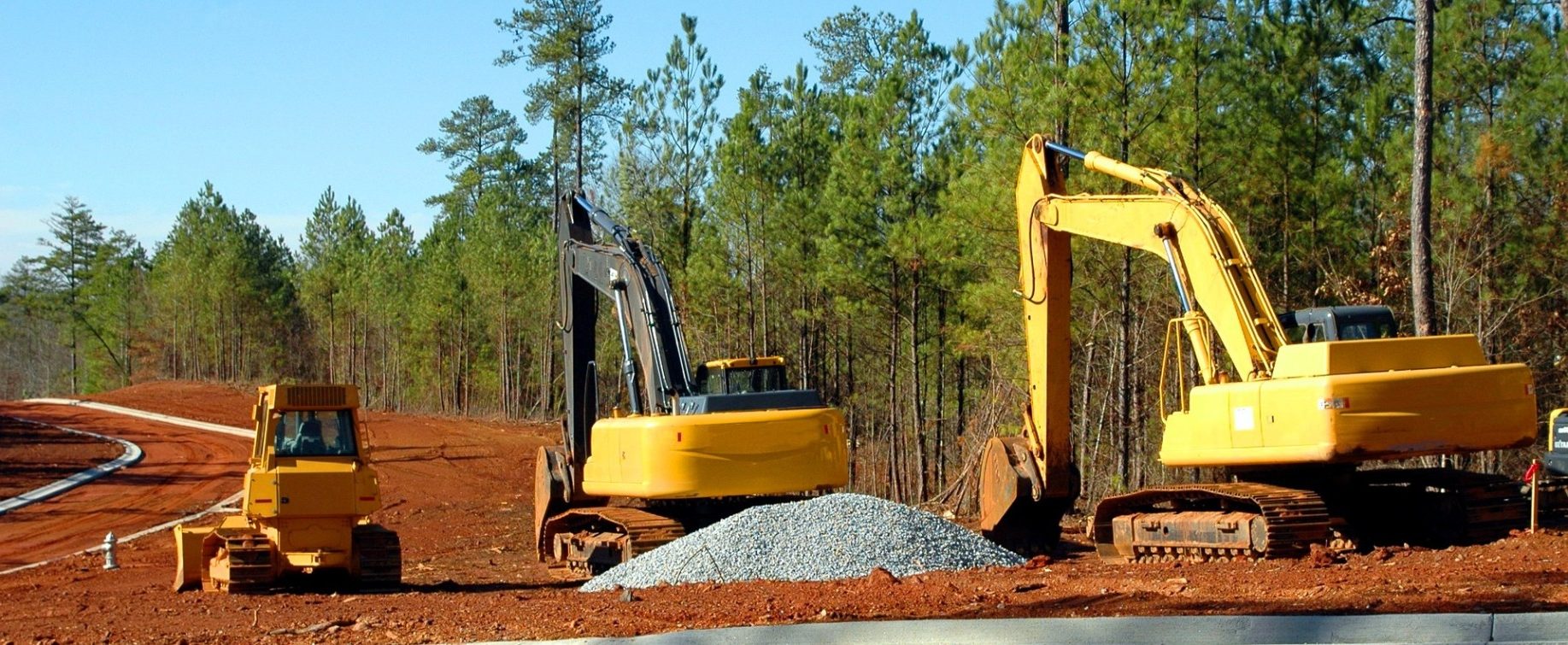The construction industry is an old industry that dated back to the Palaeolithic Age between 40,000 and 12,000 B.C., when humans inhabited in caves or in built structures on level ground (Pérezgonzález, 2005). The first written record concerning safety management in the construction domain was in 2200 B.C. (Pérezgonzález, 2005), when King of Hammurabi of Babylon passed a law stipulating penalties for houses falling down and killing their inhabitants (Clarke et al., 1999). In contrast to other industries with high safety risks, the construction industry has the characteristic of small scale of accidents with high frequency, and diverse hazard sources. The trend of construction accidents has decreased steadily, thanks to continuous efforts from researchers and practitioners (Huang and Hinze, 2006; Hallowell, 2012). However, much can be done about construction safety, because the construction industry is still regarded as one of the most unsafe industries at present (Perttula et al., 2006; Pinto et al., 2011). The construction sector employs about 7% of the world’s work force, but is responsible for 30–40% of fatalities (Sunindijo and Zou, 2012). Table 1 illustrates the status of construction safety in some countries and it can be inferred that construction safety is a perennial global problem. It is apparent that the construction industry is far from the vision of “zero accidents/injuries” espoused by many construction-related companies.
Table 1. The status of construction safety management in some countries.
| Country | Description of the status of construction safety |
|---|---|
| United States | The census data from the U.S. Bureau of Labor Statistics (BLS) showed that a total of 774 workers died from injures they suffered on construction sites in 2010, accounting for 16.5% of all industries. The fatality rate (9.8 per 100,000 full-time equivalent workers) ranked the fourth highest among all industries (BLS, 2012) |
| United Kingdom | One third of all workplace fatalities occurred on construction sites. It was a fatal injury rate over four times the average level of all industries and was the cause of the largest number of worker fatalities (Health and Safety Executive (HSE), 2009) |
| China | The number of fatalities was 2538 in the construction industry in 2007 (Zhou et al., 2008) |
| Singapore | There were 24 fatalities in the construction sector in 2006, which occupied 39% of the total 62 workplace fatalities (Ministry of Manpower, 2007) |
| Australia | There were 30 fatalities recorded in 2012. This number of fatalities equated to three deaths per 100,000 workers, which was the fourth highest fatality rate of all the industries (Safe Work Australia, 2013) |
| Korea | The construction sector occupied the highest percentage of fatalities among all sectors (Yi et al., 2012) |
Many articles with a variety of topics on construction safety have been published. These research results can serve as the foundation of progressing construction safety management. Hence a systematic analysis of construction safety studies is indispensable for the main stakeholders to share innovative findings and access future trends of construction safety. There were several literature reviews on construction safety in the past, but most of the previous reviews were focused on specific aspects of construction safety, rather than comprehensive and systematic. For example, Laukkanen (1999) conducted a review of occupational health and safety training in the construction sector. Choudhry et al. (2007b) reviewed the literature concerning safety culture, placing particular focus on research undertaken from 1998 onwards. Hu et al. (2011) reviewed factors which could influence the risk of falls on construction sites. Pinto et al. (2011) was concerned with traditional management methods related with occupational health and safety areas, and pointed out the major limitations of these methods to deal with construction safety issues. Another literature review was conducted to explore relationships between construction safety and digital design practices with the purpose of fostering and directing further study (Zhou et al., 2012). Swuste et al. (2012) implemented a critical review focusing on the question of whether or not it is possible to influence safety in the building sector. Zhou et al. (2013) reviewed previous studies in the area of innovative technology applications for construction safety management.
In contrast to past reviews, the contributions of present review mainly lie in two aspects: (1) the coverage of wider research topics on construction safety, and (2) the offering of systematic review on past, current, and future research on construction safety. This study is especially vital to new researchers in aiding them to obtain a wider perspective of construction safety management. It can also support in-depth investigation and offer potential chances for researchers and practitioners to fill the gaps between research and practice in the field of construction safety. It is believed that this systematic review will motivate further studies on construction safety. The remainder of this study is structured as follows. In the second section, a five-phase framework of systematic review on construction safety studies is designed. The third section describes a three-phase method to collect relevant publications. The fourth section conducts an overview and analysis of these studies from the aspects of publication year, journal title, country/region, organizational level, project phase, project type, innovative technology application and research topic. The fifth section conducts discussion from chronological and thematic perspectives, proposes four main research findings, and identifies six research gaps and corresponding agenda. Finally, the conclusions are stated.



